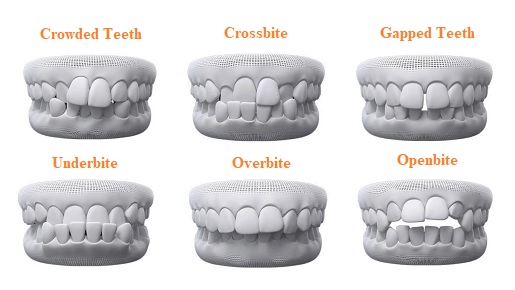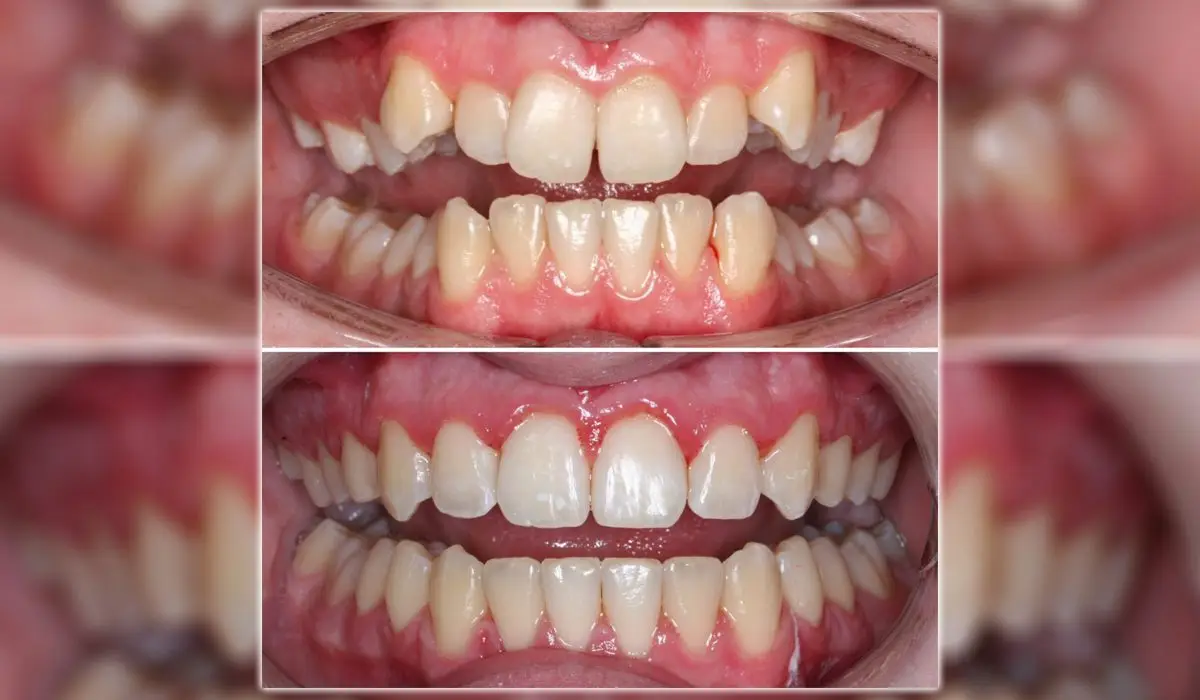Invisalign vs. Conventional Dental braces: Which Alternative Is Right for You?
When considering orthodontic therapy, the option between Invisalign and traditional dental braces offers a number of important factors that warrant mindful examination. Invisalign uses a discreet choice with removable aligners, while conventional braces provide an extra visible yet effective remedy for serious misalignment.
Review of Therapy Options

In contrast, standard dental braces include metal brackets and cords that are bonded to the teeth. This technique uses continuous pressure gradually to attain alignment. While efficient for intricate orthodontic concerns, traditional braces call for normal visits for modifications and can posture challenges in preserving dental health as a result of the trouble of cleaning around cables and braces.
Both alternatives have their merits, and the selection often rests on particular dental conditions, way of life choices, and client conformity. Eventually, getting in touch with an orthodontic professional is essential for identifying the most suitable treatment plan tailored to individual needs. Understanding the nuances of each option can dramatically influence the total success of orthodontic treatment.
Visual Factors To Consider
A considerable variable influencing the choice in between Invisalign and typical dental braces is the aesthetic appeal each treatment offers. Invisalign aligners are crafted from clear plastic, making them virtually undetectable when worn.
On the other hand, typical braces include steel brackets and cords, which can be a lot more visible. While advancements in orthodontic modern technology have brought about the advancement of smaller sized braces and colored elastics, standard braces still preserve an even more noticeable account. For some individuals, the presence of braces might deter them from looking for necessary treatment.
Inevitably, the option in between Invisalign and conventional dental braces might hinge on individual choices relating to looks. Individuals who focus on discernment typically lean towards Invisalign, while those who are much less worried about exposure might choose conventional braces. Recognizing the aesthetic implications of each choice is crucial for making an informed decision that straightens with one's way of living and preferences.
Comfort and Convenience

In regards to comfort, Invisalign aligners are removable, enabling patients to appreciate their preferred foods without restriction and maintain ideal oral hygiene. Cleaning and flossing are simplified, as the aligners can be taken out throughout these regimens, whereas conventional braces need careful steering around cables and brackets.
Furthermore, Invisalign's progressive system permits for fewer orthodontic visits. People normally receive multiple collections of aligners simultaneously, which can improve the treatment procedure and reduce time invested in the orthodontist's chair. On the other hand, typical braces demand routine adjustments, making them less convenient for those with hectic schedules. Invisalign. Generally, the convenience and benefit of Invisalign make it an attractive selection for numerous people seeking orthodontic therapy.
Treatment Duration and Performance
While both Invisalign and conventional dental braces are effective in fixing oral imbalances, the duration of treatment can vary dramatically between the two alternatives. Generally, Invisalign treatment can take anywhere from 12 to 18 months, depending on the complexity of the situation. The clear aligners function by progressively changing Get More Information teeth into their desired settings, and routine follow-ups with an orthodontist assistance make certain progress remains on the right track.
On the other hand, conventional braces frequently call for a longer dedication, normally varying from 18 months to three years. This results from their set nature and making use of brackets and cables, which can be a lot more reliable for extreme misalignments and complex cases (Invisalign). The therapy performance of typical dental braces is well-documented, as they permit specific changes and better control over tooth motion
Eventually, the option in between Invisalign and traditional dental braces might pivot on both the expected treatment duration and the specific oral problems available. Consulting with an orthodontist is important, as they can offer tailored recommendations based upon private requirements, guaranteeing the picked approach lines up with desired outcomes and durations.
Price Contrast and Insurance Options
Price plays a considerable role in the decision-making procedure for individuals considering orthodontic therapy, whether choosing for Invisalign or typical dental braces. On average, the price of Invisalign varieties from $3,000 to $8,000, while traditional dental braces normally cost between $2,000 and $6,000. Elements affecting these expenses consist of the complexity of the instance, the duration of therapy, and geographical place.
Insurance policy protection can significantly influence out-of-pocket costs. Several dental insurance policy plans give partial coverage for orthodontic therapies, but the specifics can differ widely. It is vital for patients to examine their insurance coverage to establish the degree of insurance coverage for either option. Normally, traditional braces might be more often covered by insurance policy plans compared to Invisalign, which some insurance firms categorize as a cosmetic treatment.
In addition, several orthodontic practices offer adaptable settlement plans, making both treatment alternatives much more easily accessible. People should ask about potential financing choices and discount rates for in advance repayments. Examining the click this site overall expense, consisting of insurance policy advantages and settlement strategies, is crucial for making an educated choice that straightens with both visual choices and budget plan considerations.

Final Thought
In recap, the option between Invisalign and standard dental braces hinges on several elements, including aesthetic choices, convenience, therapy period, and cost. Invisalign uses a discreet, removable option that facilitates oral hygiene and dietary versatility, while check it out conventional dental braces might be better for intricate dental issues and usually come with a lower price point. Ultimately, assessment with an orthodontist is important to analyze private situations and establish the most appropriate therapy alternative for achieving optimal oral placement.
When thinking about orthodontic treatment, the choice in between Invisalign and conventional dental braces offers a number of crucial aspects that merit cautious analysis.Comparing Invisalign and conventional braces exposes unique treatment options for orthodontic correction.While both Invisalign and conventional dental braces are effective in fixing dental imbalances, the duration of therapy can differ dramatically in between the 2 alternatives.Cost plays a significant role in the decision-making procedure for individuals thinking about orthodontic therapy, whether deciding for Invisalign or traditional dental braces.In summary, the choice in between Invisalign and conventional braces pivots on several elements, consisting of visual preferences, convenience, treatment duration, and price.